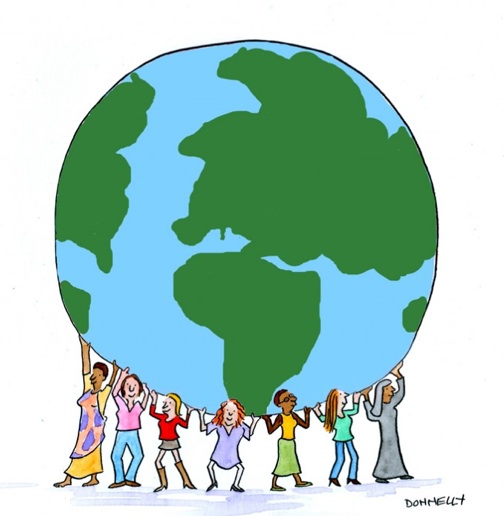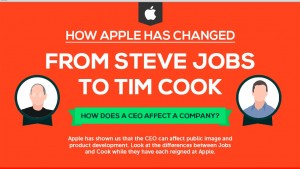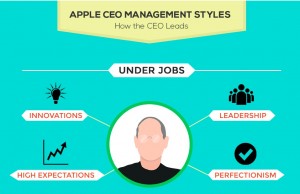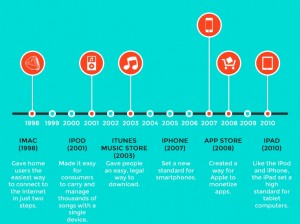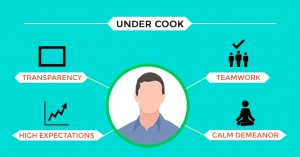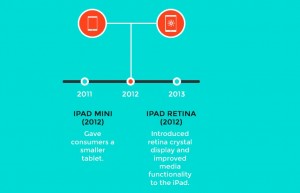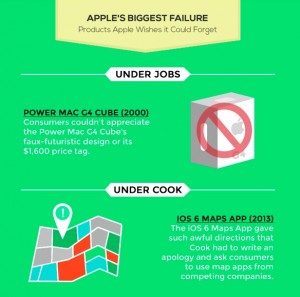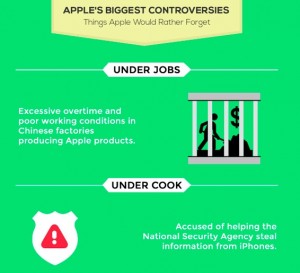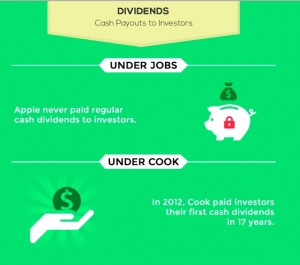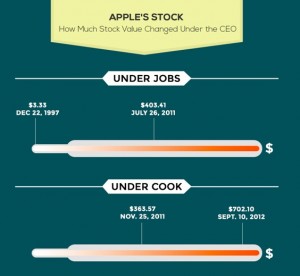J.W. Mason writes: To the surprise of no one, the Federal Reserve recently raised the federal funds rate — the interest rate under its direct control — from 0–0.25 percent to 0.25–0.5 percent, ending seven years of a federal funds rate of zero.
But while widely anticipated, the decision still clashes with the Fed’s supposed mandate to maintain full employment and price stability. Inflation remains well shy of the Fed’s 2 percent benchmark (its interpretation of its legal mandate to promote “price stability”) — 1.4 percent in 2015, according to the Fed’s preferred personal consumption expenditure measure, and a mere 0.4 percent using the consumer price index — and shows no sign of rising.
US GDP remains roughly 10 percent below the pre-2008 trend, so it’s hard to argue that the economy is approaching any kind of supply constraints. And setting aside the incoherent notion of “price stability” (let alone of a single metric to measure it), according to the Fed’s professed rulebook, the case for a rate increase is no stronger today than a year or two ago.
While the consensus view considers the main job of central banks to be maintaining price stability by adjusting the short-term interest rate, this has never been the whole story.
The conscious planning that confines market outcomes within tolerable bounds is hidden from view because if the role of planning was acknowledged, it would undermine the idea of markets as natural and spontaneous and demonstrate the possibility of conscious planning toward other ends.
The Fed is a central planner. One particular problem for central bank planners is managing the pace of growth for the system as a whole. Fast growth doesn’t just lead to rising prices — left to their own devices, individual capitalists are liable to bid up the price of labor and drain the reserve army of the unemployed during boom times. Making concessions to workers when demand is strong is rational for individual business owners, but undermines their position as a class.
Modern central bankers pay close attention to the somewhat misleadingly labeled labor market, and use low unemployment as a signal to raise interest rates.
So in this respect it isn’t surprising to see the Fed raising rates, given that unemployment rates have now fallen below 5 percent for the first time since the financial crisis.
Indeed, inflation targeting has always been coupled with a strong commitment to restraining the claims of workers. Paul Volcker is now widely admired as the hero who slew the inflation dragon, but as Fed chair in the 1980s, he considered rolling back the power of organized labor — in terms of both working conditions and wages — to be his number one problem.
Volcker’s successors at the Fed approached the inflation problem similarly. Alan Greenspan saw the fight against rising prices as, at its essence, a project of promoting weakness and insecurity among workers.
Testifying before Congress in 1997, Greenspan attributed the “extraordinary’” and “exceptional” performance of the nineties economy to “a heightened sense of job insecurity” among workers “and, as a consequence, subdued wages.”
As Greenspan’s colleague at the Fed in the 1990s, Janet Yellen took the same view.
And when a few high-profile union victories, like the Teamsters’ successful 1997 strike at UPS, seemed to indicate organized labor might be reviving, Greenspan made no effort to hide his displeasure.
While it might look like naked class warfare to deliberately raise unemployment to keep wage demands “subdued” (in the soothing language of the Fed’s public statements), the Fed assures us that it’s really in the best interests of everyone, including workers.



